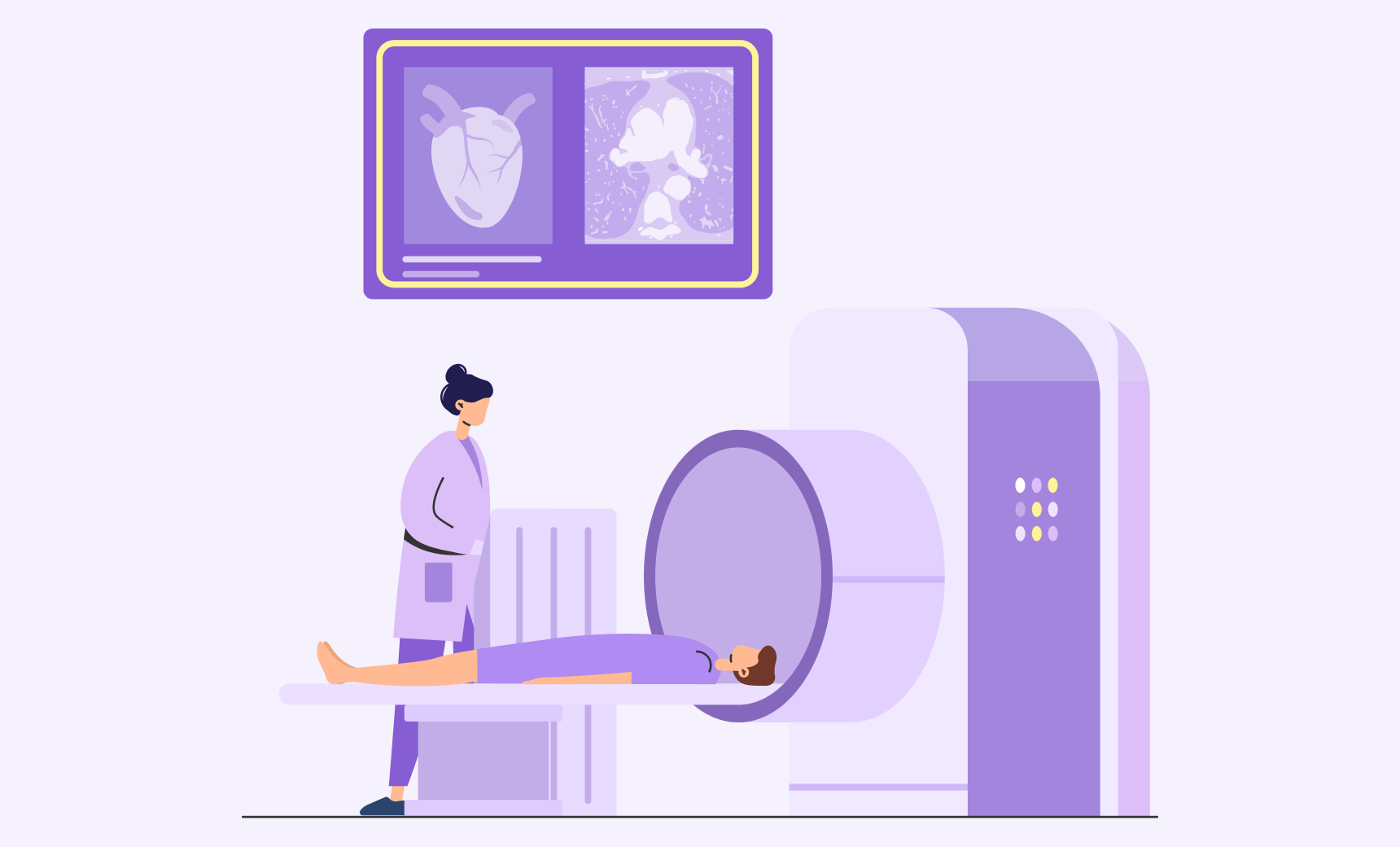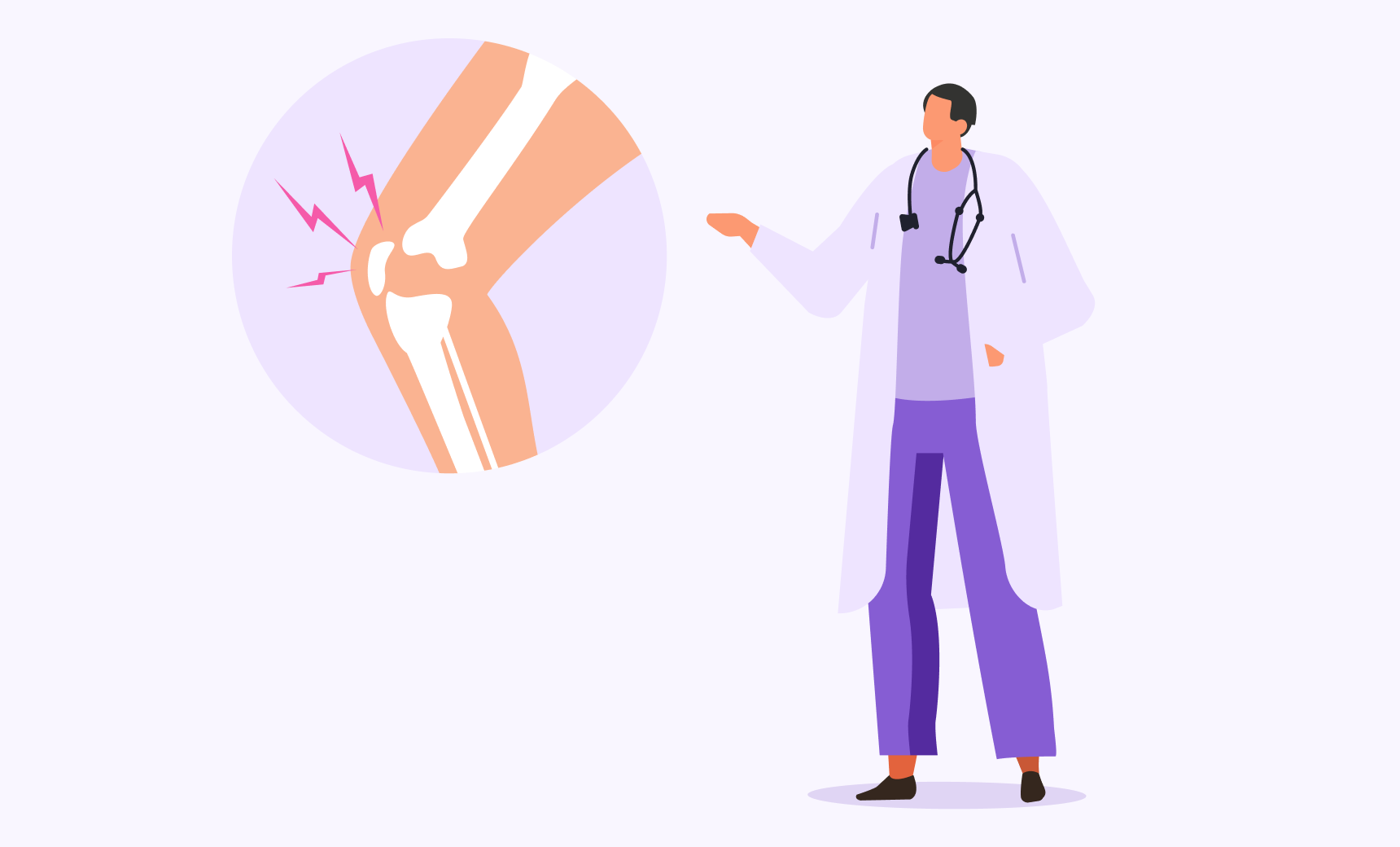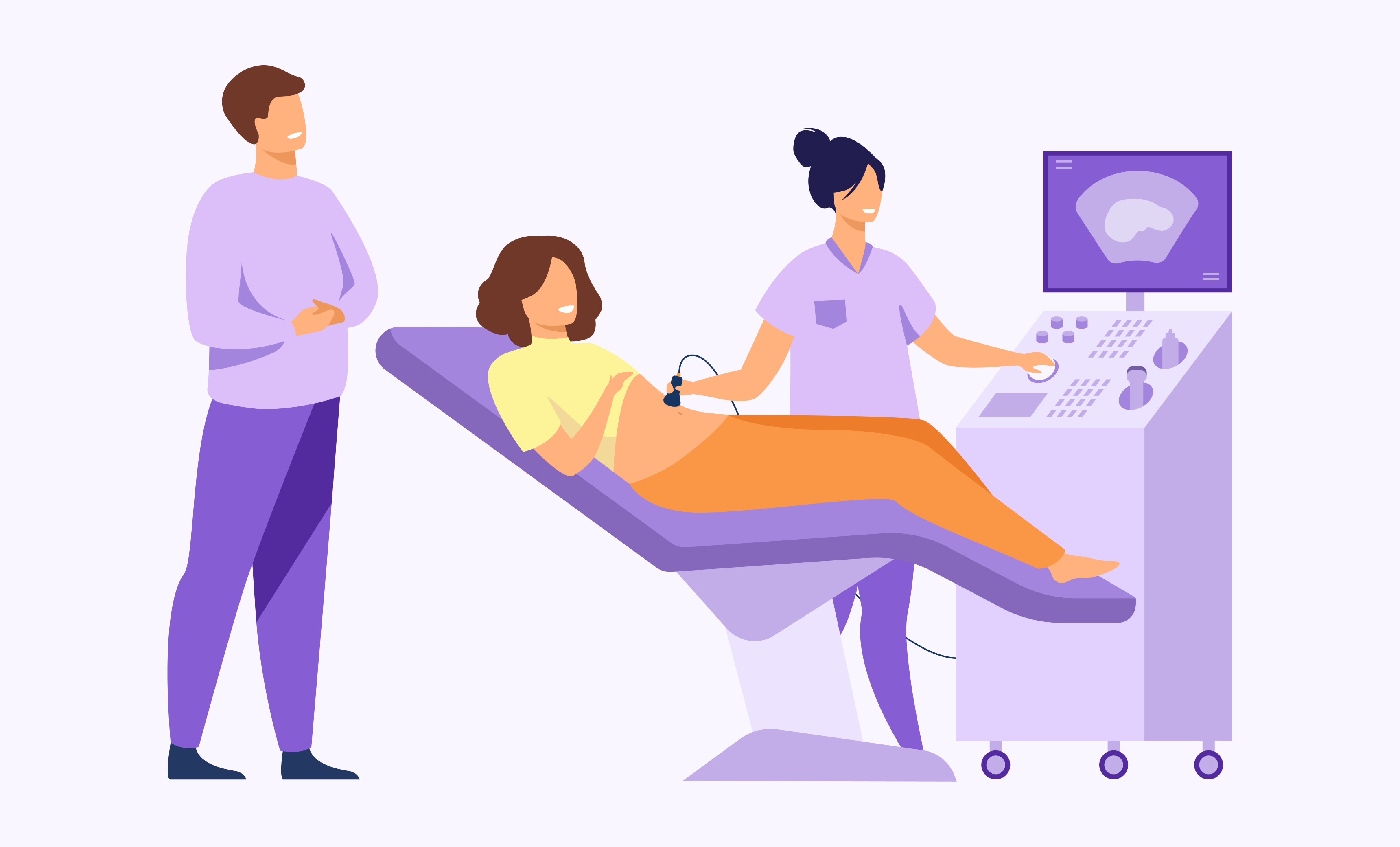X-Ray vs the MRI: What You Need to Know After an Injury
It’s a beautiful day and you’re on your daily run, heading through the park, enjoying the first real days of Spring, when you step down wrong. Next thing you know, you’re on the ground twisted in a direction you weren’t actually trying to head.
And the pain in your foot… It’s coming hard and fast, and you know immediately: Something is wrong.
So, what exactly is wrong? And how will your doctor determine it?
Your doctor will start with a series of questions, so keep these in mind, because as with all questions posed by your doctor, the answers will help determine next steps in understanding what happened and how to treat it.
 What were you doing when the injury occurred?
What were you doing when the injury occurred?
Did you hear or feel something pop or snap?
How long ago did the injury happen?
Is this your first injury to this particular part of the body? If not, how did the previous injury occur?
After you give your doctor a full run-down of answers (“Running… Don’t remember; I just remember pain… A few hours ago… Yes, this is new…”), your doctor will decide that the best course is to determine first if you broke something, and what. So, let’s learn about where you’re headed first.
The X-Ray
In this corner, we have the standard X-Ray — a strong contender for basic imaging of the bones of your body. It’s inexpensive, can be performed at most doctors’ offices, and is extremely quick. By passing electromagnetic radiation through a specific point of your body (hence why the x-ray tech puts radiation guards over the portions not being x-rayed), an X-Ray will produce images of dense material within your body — such as bones and some organs — detecting disease and injury. While this will assess immediately if your foot is broken, the images are extremely simple in what they produce — in some cases not even showing a fracture, if the break is small enough. Unless a break is obvious, an X-Ray isn’t always a clear measure of the level of injury you’ve sustained.
And sure enough, after you receive your foot X-Ray, and your doctor performs a quick assessment of the images, he unfortunately finds no signs of a break. Still no dice on what you’ve done. Onto the next.
The MRI
And in this corner, we have an imaging center’s more formidable opponent, the MRI scan. But what is an MRI, you ask?
Standing for Magnetic Resonance Image, an MRI will use radio waves and strong magnetic fields to create a more detailed look of what’s going on within your body. Where the X-Ray only reflects back material that its radiation waves can’t pass through, the MRI actually creates a magnetic field using the center your atoms that the scanners can pick up. It’s a more expensive test, usually has to be done at a hospital or imaging center, and takes much longer to scan the area than an X-Ray (an MRI can take upwards of an hour longer). But the MRI will show a more detailed look at not only your bones but the surrounding soft tissue, as well. In this instance, your doctor will be able to more firmly diagnose both hard tissue and soft tissue injuries — if it’s a fracture or torn ligaments, injuries to the cartilage or tendons, and so forth.
Now that you’ve received both tests, your doctor finally has full working knowledge of your injuries, and bad news, sport: you ruptured your Achilles tendon. Looks like you’re going to need surgery.
But aren’t you at least happy you at least understand the right tests needed to assess the extent of your injuries? Yeah, we didn’t think so, either.
~~~~
Be sure to visit LabFinder the next time you need tests done. It’s fast, convenient, and all your records are stored in one place! Your doctor (and your busy schedule) will thank you.
LabFinder is a no-cost, online platform for people to easily schedule their medical tests and view results securely. The LabFinder team is passionate about improving the ‘patient and doctor experience’ through better communication, reduce out-of-pocket expenses and making everyone know more about their own medical tests. The mission of LabFinder is simple: we want to be solution to you and get you the test results you deserve so you can make right choices about your health.






LabFinder Team
The LabFinder Editorial Team is behind The Illuminator and The Insider, LabFinder’s consumer and business blogs.
Dr.Robert Segal
Dr. Segal is CEO and co-founder of LabFinder, as well as a board-certified cardiologist. He began practicing medicine in 2002 and has founded several businesses, including Medical Offices of Manhattan and Manhattan Cardiology.